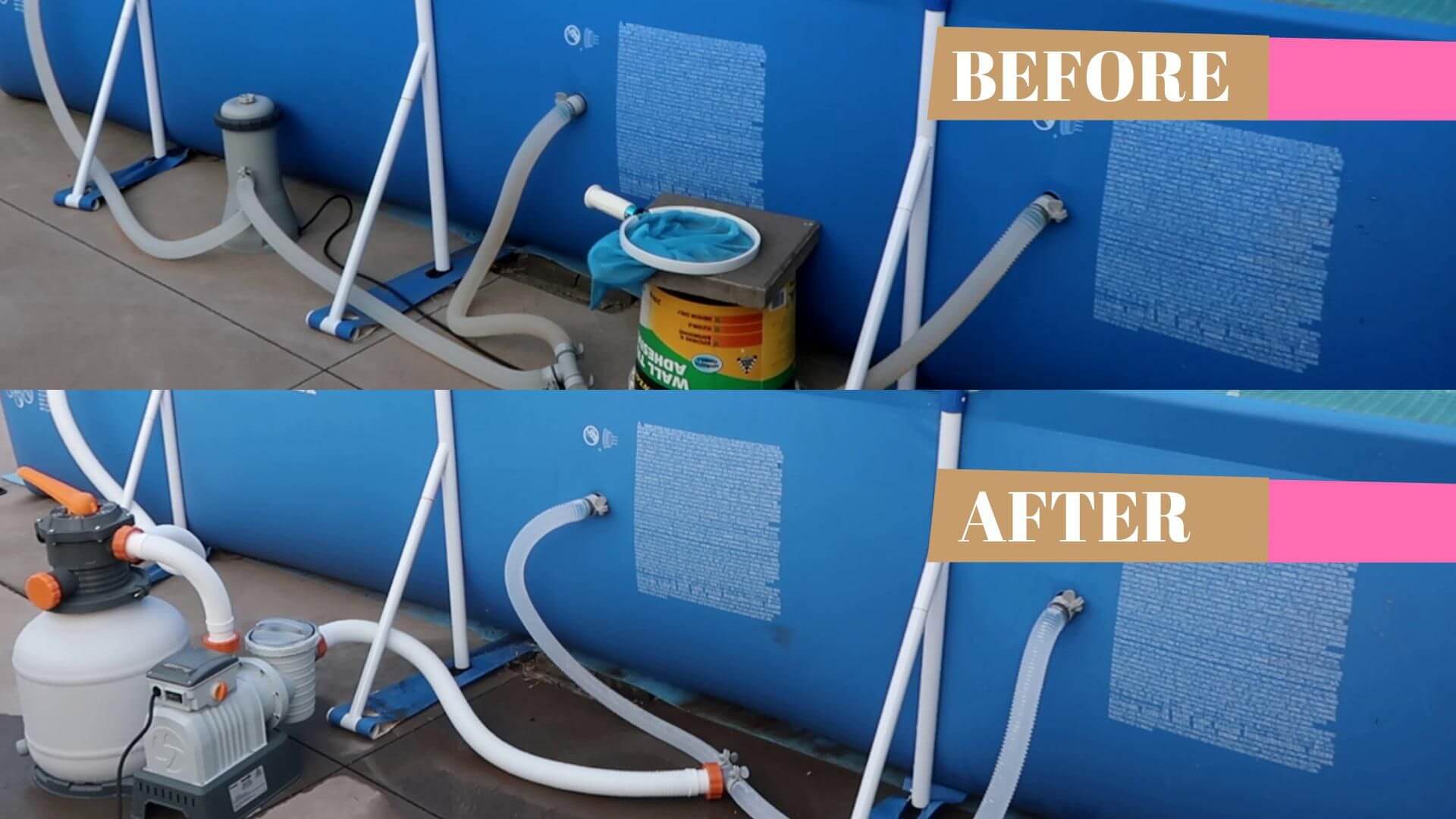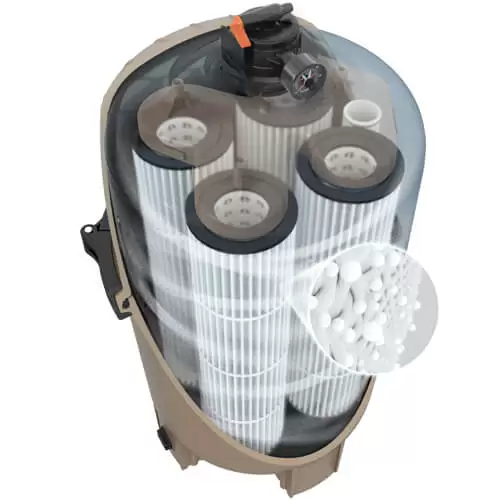
The filter is an essential component of your swimming pool equipment, and it's important that you choose the right one for you. It can help keep the water clean and clear by removing various particles and debris.
However, you can encounter problems with your
In this post, we'll talk about the types of pool filters, how they work, some pool tips, and manufacturers. We'll also talk about the
There are three main types of pool filters:
The type of filter that customers choose depends on the type of water that they want to keep clean and clear, as well as the maintenance requirements of the system. Each operation is unique except for the pressure gauge which is interchangeable.
However, they all share some common factors. For instance, they are all pressure vessels, and their function remains to clean the water.

Sand filters are helpful if you are on a budget and want to spend little time on maintenance. It is suitable for large-sized and ground pools because it doesn't clog easily like other filters. A sand filter is made up of a tank that has a specific amount of sand. This media is used to filter the water that flows through it. Only a certain type of sand is allowed to be used in this type of filter. The filter works by moving the water through the tank. There is a total of 75% to 25% free space inside the tank.
A sand filter is a type of water filter that uses sand as its primary component. The water that's filtered through the sand then slowly sinks through the sand, which leaves behind the dirt particles in its delicate pores. This type of filter is ideal for various water treatment processes, such as pre-filtration, ultra-filtration, and recirculation systems.
It depends on the season and the condition of the pool. Customers usually replace for around three to five years. The sand inside the tank will typically be replaced in around three to five years.
If you are interested in knowing
Diatomaceous earth filters use diatoms for filtration. Diatoms are a type of algae that consists of microscopic water plants. They range in sizes of <5 to 100 micrometers and can extract silica from water. The soluble part of these diatoms is very low, less than one percent of the whole. They are odorless, chemically inert, and tasteless which makes the filter safe not just for pool water but also for drinking water.
The process of using a DE filter involves adding a layer of Diatomaceous Earth powder to the filter. This natural material acts as a sponge and absorbs the debris and dirt from the filter. It then uses the box to sift the remaining particles out. One of the most important steps that you should take when it comes to maintaining a DE system is to regularly check the tank's pressure.
When the pressure in the water increases, it means that there is a lot of dirt in the system. It's a general rule of thumb to backwash the filter after it reads around 8 to 10 pounds.

It is a type of
It is usually enclosed within a casing or housing, and it's used to remove various types of contaminants from the water. It passes through the filter element and is exposed to water, solvent, or other liquids that need filtration. Keep in mind to open its lid during charging.
These filters have two main types:
If you wish to find the perfect filter, then the right choice is the one that fits your needs and preferences best. Before you purchase a filter, it's important that you consider its capabilities, accessories, and the various factors that affect its operation, such as the model, its initial cost, maintenance routines, manufacturer, whether it is in stock, etc.
Some suggestions: Gecko Hayward Refine, Waterway Zodiac Refine, Unicel Waterway Refine, Jacuzzi Jandy Refine, Pentair Pleatco Refine, Raypak Sta Rite Refine, etc
Another important tip that, when you wish to find a new
In the end, a